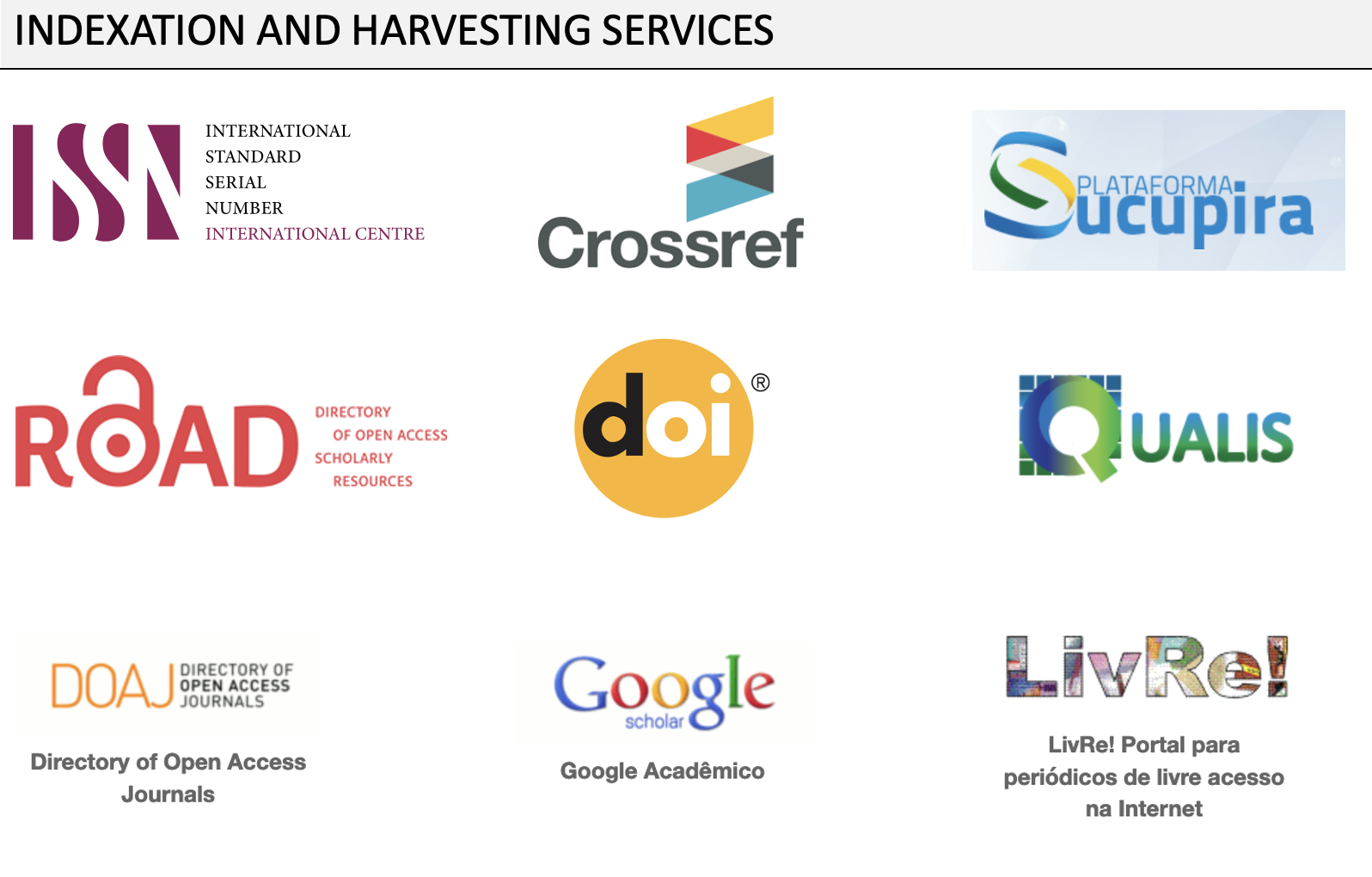Thematic Issue in the making -- Call for Papers_“Critical approaches to innovation and alternative policy models for innovation.”
“Critical approaches to innovation and alternative policy models for innovation.”
Thematic Issue Organizers
Rafael de Brito Dias
State University of Campinas, Brazil
Carolina Bagattolli
Federal University of Paraná, Brazil
Today, innovation has become a panacea of sorts. It is proclaimed as the solution to most (if not all!) of humanity's problems and as the fundamental engine that drives economies on the path of development. This notion is at the heart of a fable dressed in narrative. A fable, because it tells a story of hope and faith in which innovation is a genuinely pure construction that pushes us towards progress. This narrative is a by-product of Modernity and its core beliefs. We are led to believe in a fable that indicates that the future will surely be better than the present. We are also led to believe that any future is possible, that our common destiny can be controlled by rational processes and that this destiny is determined exclusively by Humanity, provided that it is properly equipped with the right tools: science and technology. The fable of innovation hides perversities such as the destruction of institutions and infrastructure that previously guaranteed fundamental rights and favored access to basic services.
Innovation has become, in Winner's (2018) words, "the jewel in the crown of neoliberalism", an ideology that advocates for a more passive posture from the State, even in regions where technological development has historically been led and often dependent on State initiatives. The rise of neoliberalism has substantially reshaped science, technology and innovation policies under the banner of the promise of market-led initiatives. This approach has allowed technological change to be seen as a means to often obscure ends that often prove harmful to the many while benefiting the few. We don't know where we're going anymore, and that doesn't seem to matter much. Innovation, as an idea, becomes, after all, the engine that makes us move towards a future we do not know. At the same time, the trust we place in it makes us renounce the possibility of acting on the present to build our desired shared future.
Innovation has been seen as the cure for all evils, leading to widespread solutionism in public policies, while the unhindered pursuit of innovation for its own sake has led to the rise of innovationism, an approach that seems to be concerned only with the increase of indicators usually employed to measure innovative performance (such as patents) while disregarding the actual results (social, economic, environmental, political) of innovation practices and policies. These assumptions have even muddled towards the realm of public policy becoming entangled with the innovation “deficit model”. This model, according to Pfotenhauer, Juhl & Aarden (2019) suggest that policy problems are increasingly viewed as innovation problems, meaning that innovation is seen as a necessary (and even sufficient) component of policy strategies to address complex problems.
The consolidating field of Critical Studies of Innovation has aptly identified and explored some of the main limits to traditional forms of innovation (curiously, somewhat of a contradiction in terms) (see Godin & Vinck, 2017; Gaglio, Godin & Pfotenhauer, 2019; and Robra et al., 2023). Concurrently, decision makers, policy makers and practitioners have been implementing new models, frameworks, funding schemes, evaluation criteria and a plethora of other elements that challenge mainstream approaches to innovation. Some of these resulting emerging alternatives may be linked to what Gaglio, Godin & Pfotenhauer referred to as “x-innovation”[1], the intent of rebranding innovation by emphasizing dimensions that may account for the limits of the core term. Since the promise of innovation has not been fulfilled, new hopes were placed on new terms. Innovation now must be green, sustainable, frugal, open, participatory, inclusive, social, convivial, etc. They must broaden the range and prolong the life expectancy of the promises of innovation. Some of these initiatives present themselves as counter-hegemonic and aspire to be the founding stones of new models of production, consumption and living; others are more modest in their claims and propose incremental advancements in mainstream innovation approaches; others, finally, seem to be little more than new brandings for very old, mostly ineffective, models of innovation.
The extent to which these terms have gone beyond the rhetorical and been effectively incorporated to public policy agendas around the globe, however, falls short of the buzz that has been created around them. As argued by Bagattolli & Brandão (2019), there is still a lot to be investigated concerning the changes produced by the rise and dissemination of x-innovation concepts in mainstream innovation policies and their instruments and their potential in surpassing solutionist approaches seeking to respond to a supposed deficit in the development of innovations.
Seeking to address this gap in the literature, we propose this special issue to NOvation, titled “Critical approaches to innovation and alternative policy models for innovation”.We welcome papers that address issues such as:
– the critique towards and the alternatives to neoliberal forms of innovation;
– the influence of the critique of innovation in shaping alternative models of public policy;
– x-innovation agenda-setting in local and national contexts;
– the governance of different ‘x-innovation’ policy frameworks;
– fostering new practices for alternative innovation regimes;
– measuring and evaluating the impacts of x-innovations;
– designing specific policy tools to promote alternative innovation;
– policy initiatives and experiments based on counter-hegemonic approaches to innovation;
and other topics related to this broad theme.
[1] “X-innovation is the latest step in this process of enlargement. Scholars appropriate a concept in order to contest its then-current use and re-invent innovation. They coin new brands, thus giving a new social life to a concept that, in the light of a hegemonic representation, defines the political agenda and fills the social sciences literature. Innovation is a concept so rich in meanings that anyone can appropriate it to their own end or contest it in the name of other goals.” (Gaglio et al., 2019, p. 14)




